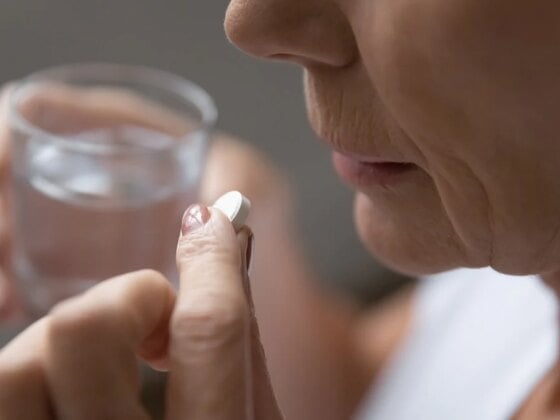And Not a Drop to Drink
You might have come across the famous line, “Water, water, everywhere, nor any drop to drink,” from Samuel Taylor Coleridge’s poem, “The Rime of the Ancient Mariner.” I remember my dad loved to repeat this line during our family beach trips, gazing out at the endless ocean. And every time I accidentally gulped down a mouthful of Atlantic water, I couldn’t help but nod in agreement. Yep, there was plenty of ocean water, but none of it was fit to drink.
While this phrase has a deeper meaning in Coleridge’s poem, it also sheds light on the modern dilemma of having lots of water around us, yet so much of it contaminated and undrinkable.
On Tap
Back in 1908 Jersey City, New Jersey was ahead of the curve, becoming the first city in the US to start regularly disinfecting its drinking water. Soon other cities all over the country were jumping on the disinfection bandwagon. This led to better water quality and a significant drop in diseases like cholera and typhoid.
Four years later, the Public Health Service Act set the first national standards for drinking water. Then, in 1974 the Safe Drinking Water Act (SDWA) was passed, pioneering concepts like Maximum Contaminant Levels (MCLs) and granting the EPA authority to regulate water quality. Since then, the SDWA has been continuously updated to address emerging contaminants, enhance monitoring, enforcement, and transparency.
What are You Drinking?
At least 45% of the nation’s tap water is estimated to have one or more types of the chemicals known as per- and polyfluorinated alkyl substances, or PFAS, according to a recent study by the U.S. Geological Survey. However, the actual number of affected individuals may be higher as the study only examined 32 of the 12,000+ PFAS compounds identified by the National Institutes of Health.
One common characteristic of concern about PFAS is that many break down very slowly and can build up in people, animals, and the environment over time. Current peer-reviewed scientific studies have shown that exposure to certain levels of PFAS may lead to increased risk of certain cancers, reproductive and developmental complications, immune dysfunction, and elevated cholesterol.
Making History
On April 10, 2024, EPA announced the final National Primary Drinking Water Regulation (NPDWR) for six types of PFAS. This is the first time the EPA has set national standards limiting the amounts of “forever chemicals” in drinking water. The new regulation is expected to protect around 100 million people from PFAS exposure, preventing thousands of deaths and tens of thousands of serious illnesses linked to these chemicals.
Check out this edition of The Download for more on this and other water-related issues!
Happy Reading!
Suzanne Daniels
- News of Note: current healthcare news, including insurers get hidden fees, more doctors are employed by corporations, and drug shortages.
- H2O Lowdown: historic limit on “forever chemicals” in drinking water and fluoride fights.
- Scam Savvy: the dangerous new scam, supplement scam and trusting Andrew Huberman.
- Why oh Why?: including my personal favorite, Why Are Some People Left-Handed?
News of Note
New York Times
Insurers Reap Hidden Fees by Slashing Payments. You May Get the Bill.
Healthcare Dive
More than three-fourths of doctors are employed by corporations, report finds
Fierce Pharma
Number of ongoing US drug shortages reaches new high, pharmacist group says
H2O Lowdown
NPR
EPA puts limits on ‘forever chemicals’ in drinking water
Environmental Working Group
Mapping the PFAS contamination crisis: New data show 5,021 sites in 50 states, the District of Columbia and four territories
Stateline
Fluoride in public water has slashed tooth decay, but some states may end mandates
Scam Savvy
Michigan Public Radio
MI attorney general says there’s a dangerous new kind of scam
The Conversation
A natural deception: 3 marketing myths the supplement industry wants you to swallow
Why Oh Why?
The Hustle
Why Thieves Love to Steal Razors
Smithsonian Magazine
Why Do We Want to Squish and Squeeze Things That Are Cute? Science Has the Answer
Smithsonian Magazine
Why Are Some People Left-Handed? Scientists Identify Rare Genetic Variants That May Be Linked to the Trait
Enjoy the weekend!
Best,
Suzanne
Suzanne Daniels, Ph.D.
AEPC President
P.O. Box 1416
Birmingham, MI 48012
Office: (248) 792-2187
Email: [email protected]

News you can trust



